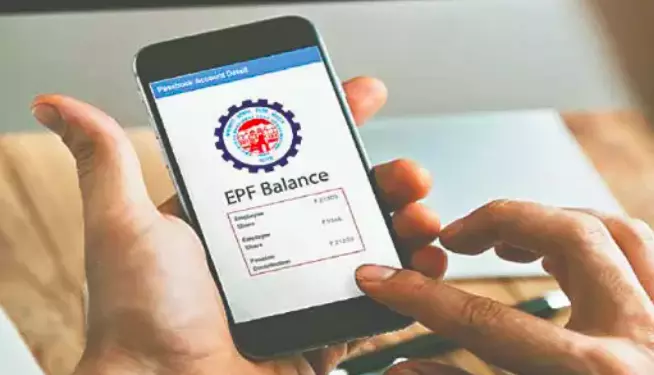Employees will soon be able to access their provident fund savings directly through ATMs using debit cards, Union Labour Minister Mansukh Mandaviya announced on Tuesday. According to a media report, in a move aimed at improving financial accessibility, provident fund accounts are now being linked to bank accounts. The government has also increased the automatic advance withdrawal limit from ₹1 lakh to ₹5 lakh, easing access to partial funds without paperwork.
“With the elevated limit of ₹5 lakhs, additional advance claims will now qualify for auto-settlement, leading to their processing within three days of submission. This enhanced limit and faster access to funds will help members get timely financial support when they need it the most,” the government said in a statement on Tuesday.
The new withdrawal limit came into effect on Tuesday, after it was initially announced by Minister Mandaviya on September 17, during an event celebrating 100 days of the Modi government’s third term.
Once implemented, the system will allow users to choose their provident fund (PF) account directly at ATMs—just like a regular savings account. This means employees can withdraw eligible amounts without submitting a formal request to the Employees’ Provident Fund Organisation (EPFO), the government-run retirement fund body.
“The PF account will be integrated into ATMs, and an employee will be able to directly withdraw funds as per eligibility,” Mandaviya said. The minister said work was on to make this facility available across banks, but didn’t give a date by when this feature will be rolled out.
News agency PTI quoted an unnamed senior official as stating that a certain proportion of a PF fund will be frozen and made available to the account holder’s bank account, which can then be withdrawn using methods such as UPI or ATM debit cards.
Some back-end software integrations are still being worked out, the news agency reported, with the official explaining that EPFO, which does not have a banking licence, cannot allow members to withdraw money directly from their funds.
An official explained that since bank accounts, Aadhaar, and PF accounts are already linked, the aim is to introduce “PF functionality” through debit cards and ATMs. The EPFO has made Aadhaar linkage mandatory for all subscribers, enabling the allocation of a Universal Account Number (UAN) to each employee. Provident funds serve as a crucial retirement income source and financial safety net for nearly 70 million salaried Indians, often forming the core of their lifetime savings.
As per the Provident Fund Act, companies with 20 or more employees are required to register with the EPFO. Both the employer and employee must contribute 12% of the worker’s basic salary to a fund managed by the EPFO. Employees are allowed to make partial withdrawals from their PF accounts during specific financial emergencies, such as medical treatment, home purchase, or a family marriage.
“Once the ATM feature becomes operational, subscribers won’t need to fill up different forms and apply for advances. The ATM will automatically allow direct withdrawal as per eligibility,” Mandaviya said.
The move is part of a broader revamp of the EPFO, long criticized for its complex procedures and delays in claim processing. In a major reform, employees no longer need HR clearance or attestation for withdrawals or claim settlements—these processes have now shifted entirely online.
The EPFO’s website and backend systems are also undergoing a complete redesign, which is expected to take a few more months, the minister said.
Speaking after attending a global labour meeting in Geneva, the minister noted that the International Labour Organisation (ILO) has recognized India’s progress in social protection coverage, which has grown from 19% in 2015 to 64.3% this year. These updated figures have now been included in the ILOSTAT global database.



